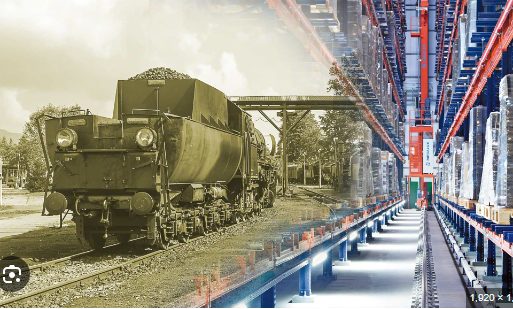Shipping has long been a cornerstone of economic development and cultural exchange, evolving over millennia from simple rafts to sophisticated logistics networks that span the globe. This article traces the historical development of shipping, highlighting key advancements and the modern integration of technology such as shipping APIs that streamline and enhance logistical operations.
Ancient Beginnings
Shipping began with the dawn of civilization when early humans recognized the need to transport goods across water bodies. The oldest known boats, simple dugout canoes and rafts, date back to around 8,000 years ago. These were used primarily for fishing and moving across small bodies of water. As civilizations along the Nile, Euphrates, Tigris, and Indus valleys developed, river transport became crucial for agriculture and trade.
The Age of Sail
The Egyptians are credited with developing sailing boats, which appeared on the Nile around 3,200 BCE. Sailing allowed for longer journeys and the transportation of larger cargoes. By 1200 BCE, the Phoenicians had established themselves as formidable maritime traders, navigating the Mediterranean and beyond, possibly even circumnavigating Africa.
The Greek and Roman empires further developed maritime trade, linking vast parts of Europe, North Africa, and Asia. The Middle Ages saw the rise of the Hanseatic League, a commercial and defensive confederation of merchant guilds and market towns in Northwestern and Central Europe, which dominated maritime trade along the coast of Northern Europe.
The Age of Exploration
The 15th and 16th centuries marked a significant period known as the Age of Exploration. European powers such as Spain and Portugal explored vast oceanic territories, establishing new trade routes to the Americas and Asia. Innovations in shipbuilding and navigation, such as the caravel, which combined the speed of the clinker-built hulls with the capacity of carack ships, enabled longer voyages across the Atlantic and into the Pacific.
Industrial Revolution to Modern Shipping
The Industrial Revolution brought about pivotal changes in shipping with the introduction of steam-powered ships in the early 19th century. These ships were faster and less reliant on wind patterns, revolutionizing sea travel and trade. The opening of strategic canals such as the Suez Canal in 1869 and the Panama Canal in 1914 significantly reduced voyage times and transformed global trade routes.
In the 20th century, containerization emerged as a major innovation. Introduced by Malcolm McLean in 1956, container ships allowed goods to be transported in large standardized containers, dramatically improving efficiency, reducing theft, and lowering costs. This innovation laid the groundwork for globalization, making it economically viable to manufacture products in one part of the world and ship them to another.
The Digital Age and Shipping APIs
Integration of Technology:
The advent of the digital age has introduced sophisticated technologies that further streamline shipping and logistics operations. Today, shipping APIs are integral to modern shipping, offering seamless integration between various logistics platforms and service providers.
Functionality of Shipping APIs:
A shipping API allows businesses to integrate real-time shipping functionalities directly into their logistics systems. This includes automated shipping rate comparison, shipment tracking, label creation, and scheduling pickups. By integrating these APIs, companies can enhance operational efficiency, reduce costs, and improve customer satisfaction.
Benefits for Modern Logistics:
Shipping APIs facilitate the exchange of data across diverse platforms, enabling businesses to access up-to-date information about shipment statuses, delivery times, and potential delays. They also allow businesses to offer more transparent and responsive customer service, adapting quickly to changes in logistics needs or disruptions in supply chains.
Conclusion
From ancient rafts to digital platforms, shipping has continually evolved, driven by human ingenuity and the relentless pursuit of efficiency. Each phase of its evolution has left a lasting impact on how goods are transported and traded across the globe. Today, shipping APIs represent the latest in a long line of innovations, transforming the landscape of global logistics and ensuring that the industry remains at the forefront of technological advancement. As we look to the future, the integration of more advanced technologies such as AI and blockchain promises to further revolutionize this vital industry, maintaining its crucial role in global economics and trade.
